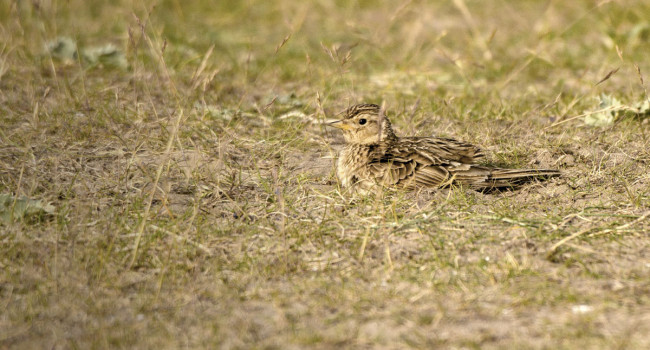DNA diet profiles with high‐resolution animal tracking data reveal levels of prey selection relative to habitat choice in a crepuscular insectivorous bird
Author(s): Evens, R., Conway, G., Franklin, K., Henderson, I., Stockdale, J., Beenaerts, N., Smeets, K., Neyens, T., Ulenaers, E. & Artois, T.
Published: October 2020 Pages: 13pp
Journal: Ecology and Evolution
Digital Identifier No. (DOI): 10.1002/ece3.6893
Abstract
Given the global decline of many invertebrate food resources, it is fundamental to understand the dietary requirements of insectivores. We give new insights into the functional relationship between the spatial habitat use, food availability, and diet of a crepuscular aerial insectivore, the European Nightjar (Caprimulgus europaeus) by relating spatial use data with high‐throughput sequencing (HTS) combined with DNA metabarcoding. Our study supports the predictions that nightjars collect a substantial part of their daily nourishment from foraging locations, sometimes at considerable distance from nesting sites. Lepidopterans comprise 65% of nightjars' food source. Nightjars tend to select larger species of Lepidoptera (>19 mm) which suggests that nightjars optimize the efficiency of foraging trips by selecting the most energetically favorable—larger—prey items. We anticipate that our findings may shed additional light on the interactions between invertebrate communities and higher trophic levels, which is required to understand the repercussions of changing food resources on individual‐ and population‐level processes.
Staff Author(s)








Share this page